Hugo the Lion from Folly Farm was my life model for the Aston Villa Lion statue. Very sadly, he passed away the week that his sculpture was unveiled at Villa Park Stadium, and I know that Folly Farm has plans to celebrate him with a statue at his home in Pembrokeshire.
Hugo was a magnificent lion – and a lovely example of how inspiration can be drawn from life for sculpture where possible.
Whether for a bespoke animal commission, or for a sculpture of a domestic animal, getting close up and witnessing their shape, movements and character for myself is wonderful. It helps me get inspiration from the subject of the sculpture that I would otherwise have to gain solely from research from photos and videos, and speaking with my clients.
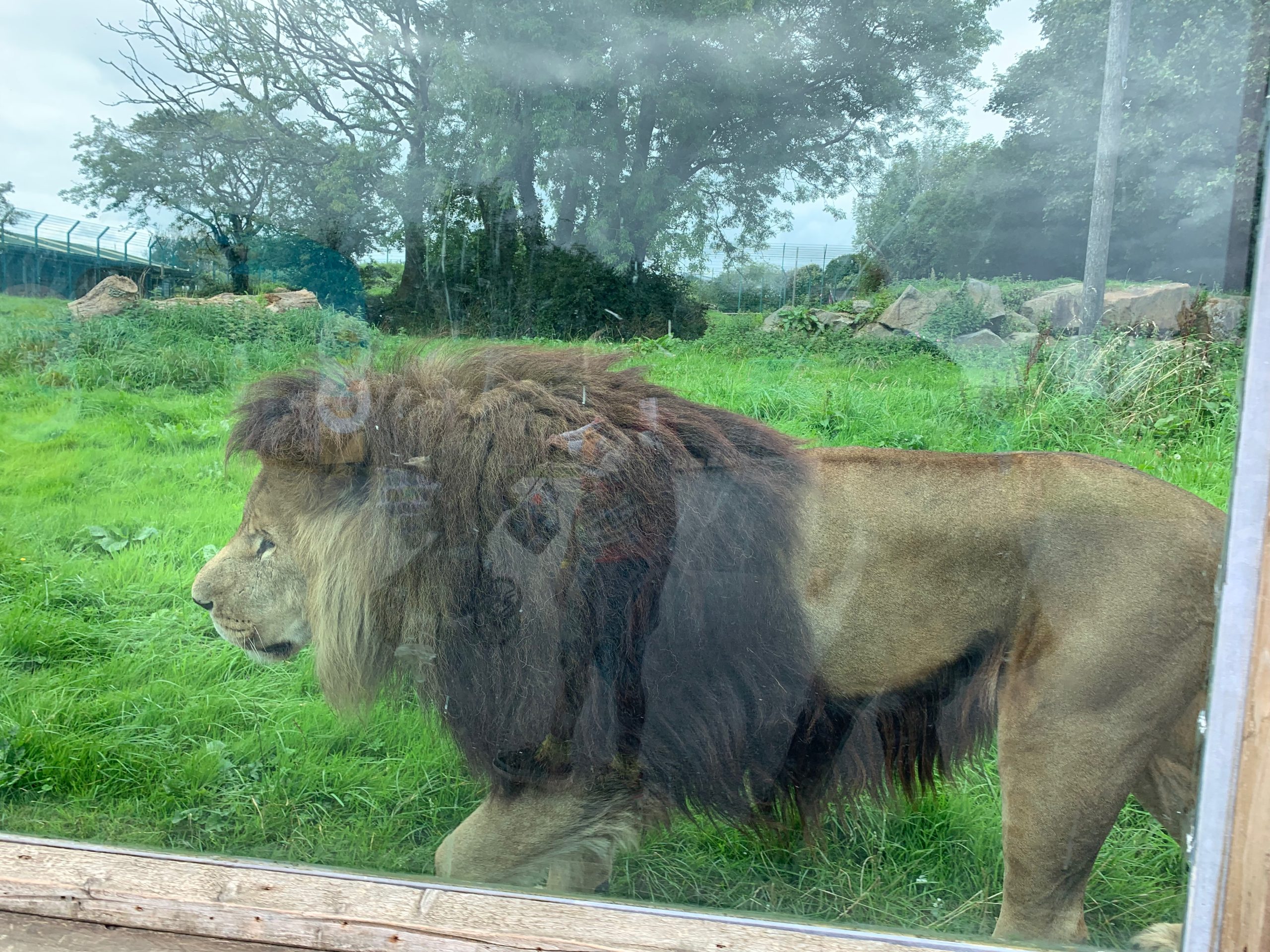
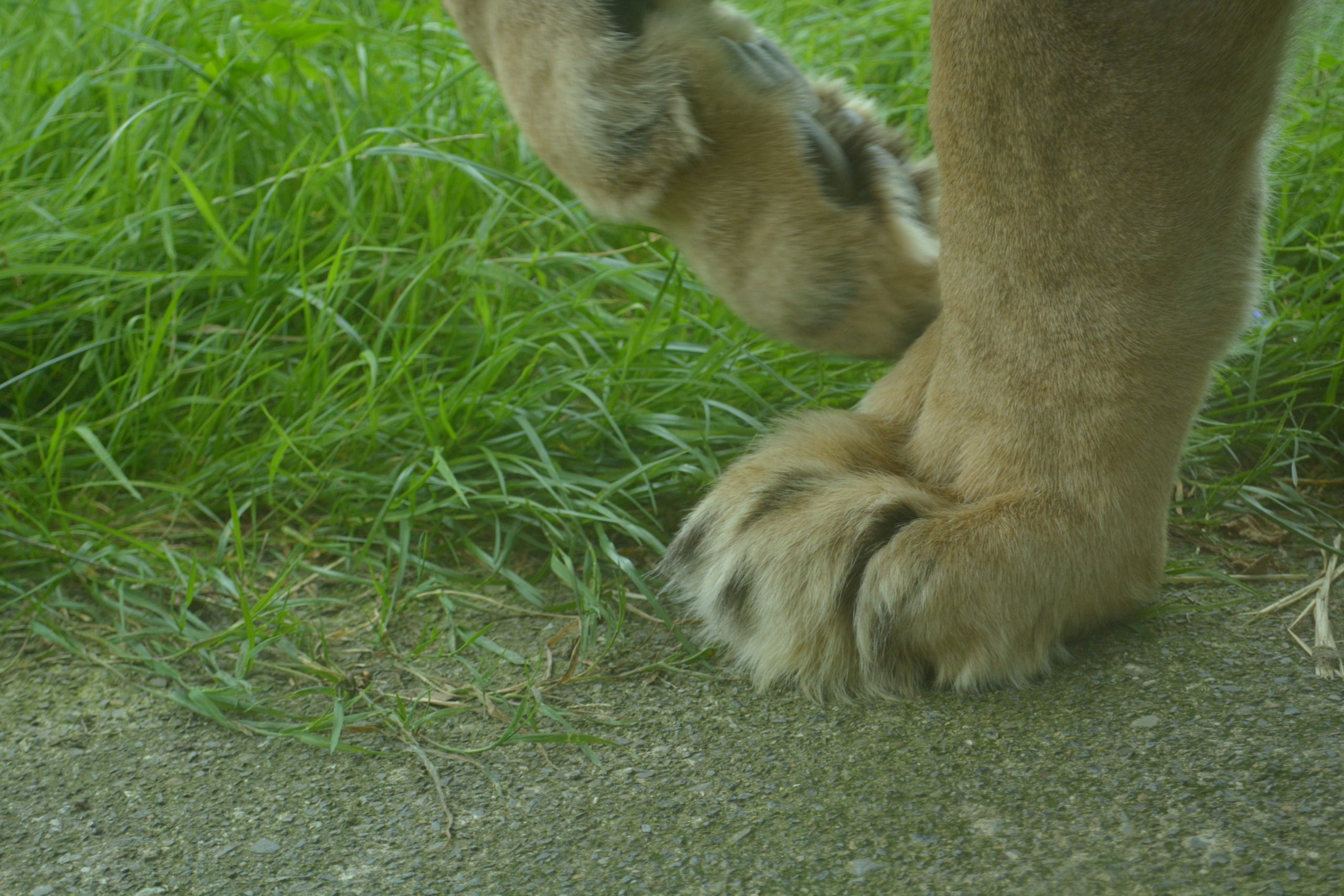
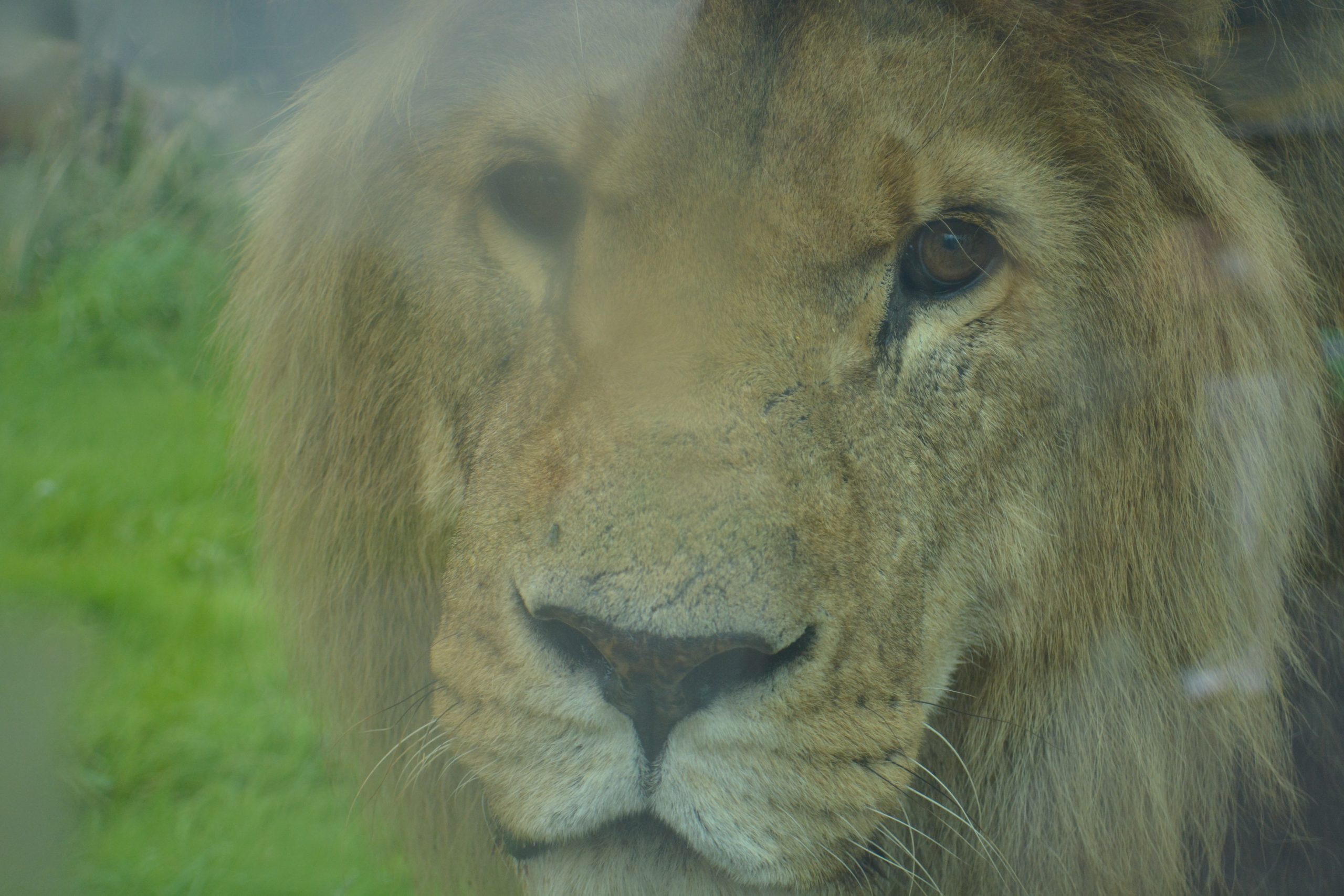
I’d say that the close study improves the sculpture’s details. And that being in an animal’s presence imparts an understanding of an animal’s energy. Nothing compares to capturing your subject in pose, or close to it, because there is so much that can be missed working only from photos if you don’t already have lots of experience sculpting this specific type of animal. It’s in this moment that an animal sculptor, who has been working for years to train their eye, has the opportunity to observe what makes a specific animal individual, personally.
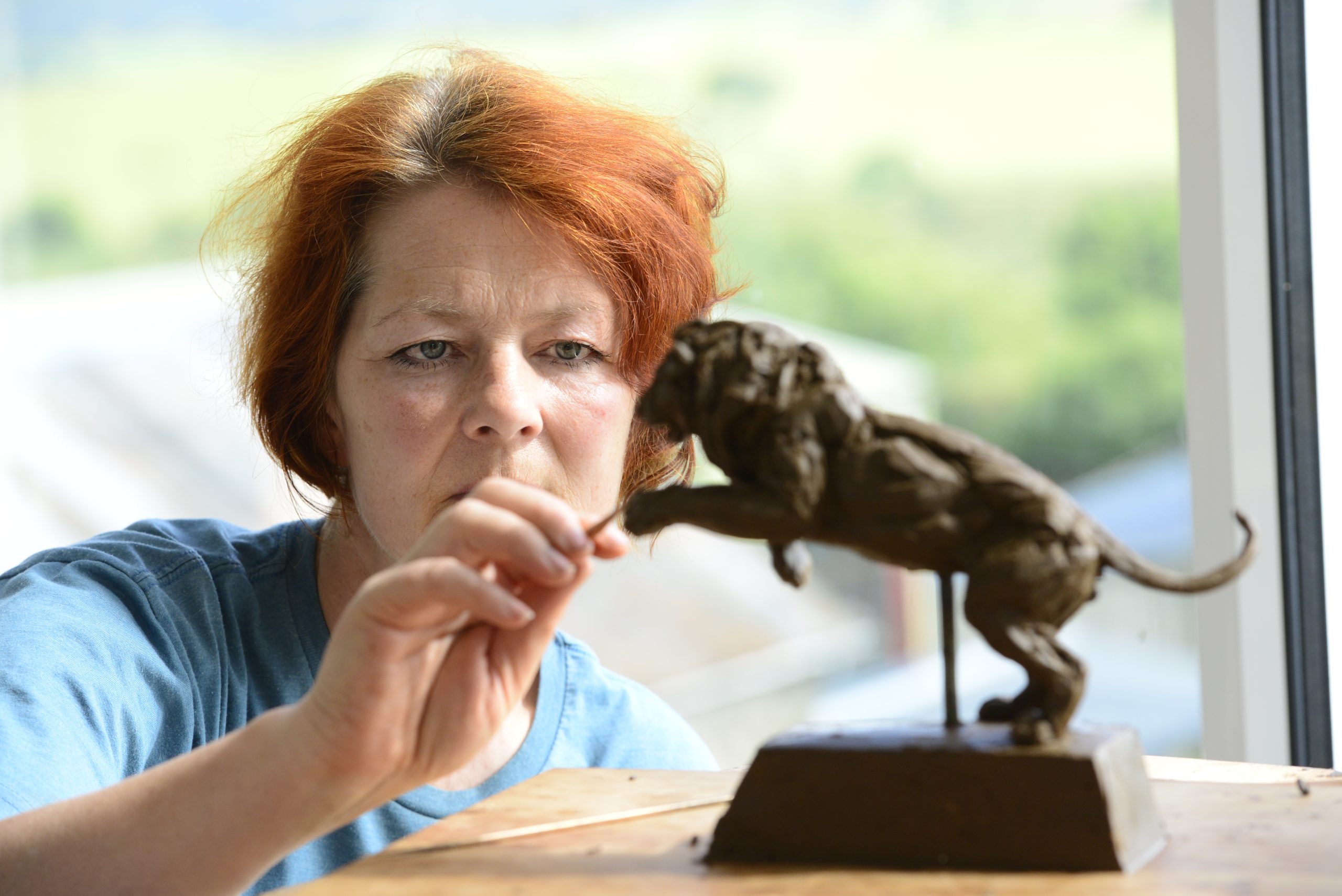
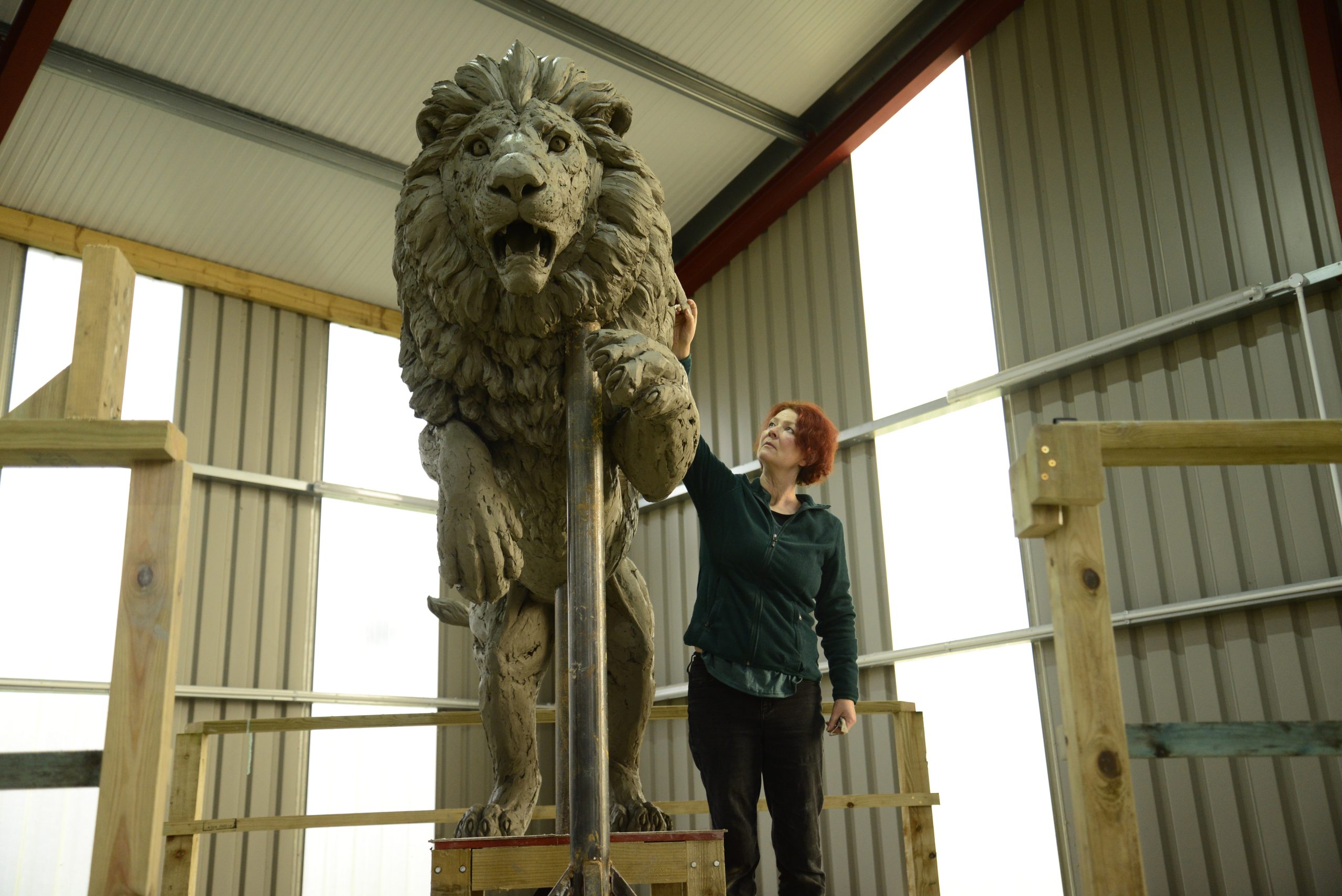
It was difficult to appreciate Hugo’s size until you were bending down next to him to take his photograph. He padded around his territory, walking the perimeter and then lying in the shade. The lionesses were active in comparison, and having them all around me inside the lion house, while they were being fed gave me ample opportunity to study claws, teeth and eyes up close.
It was lovely to see the respect and enthusiasm that the keepers had for the Pride of Pembrokeshire. Hearing from Dan about the individual members, and seeing that range of behaviours firsthand as the individuals interacted was fascinating.
When you have the opportunity, you can take wax and a sculpting board, and create a maquette while in the presence of animals. It is the perfect method to ‘sketch’ while you have your subject right there in front of you. In this case though, both the lions’ mobile nature, and prudence while I was lucky enough to be close, suggested the time was best spent with my camera, capturing the minutia which I would miss looking at photos from wildlife photographers.
I’ll always remember my experience with Hugo, and my visit to Folly Farm. What a noble, powerful lion he was, and what a privilege to meet him just at that moment, to capture his memory in bronze forever.
Getting close is easier, where the subject of the sculpture is a dog or cat, horse or farm animal. But with wildlife, opportunities to spend a great deal of time in close proximity can be hard to find, and so I was extremely lucky that Folly Farm offered me the opportunity to see Hugo and his pride of lionessess only centimeters away while they were fed.
While I’ve had many opportunities to see wonderful animals close-up, there is a not much that compares with coming face to face with one of the world’s most impressive predators.
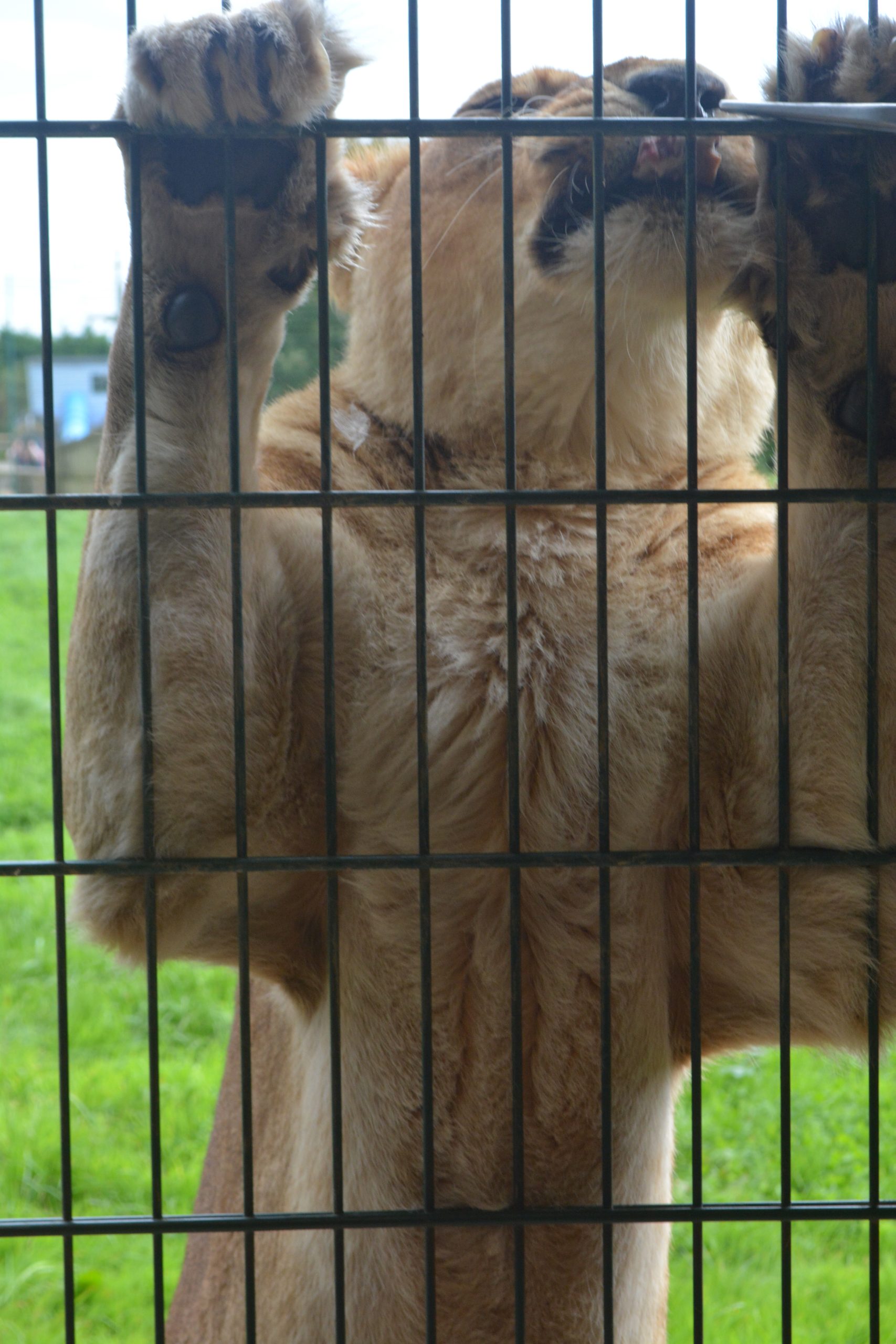
Nothing compares to capturing your subject in pose, or close to it, because there is so much that can be missed working only from photos if you don’t already have lots of experience sculpting this specific type of animal.
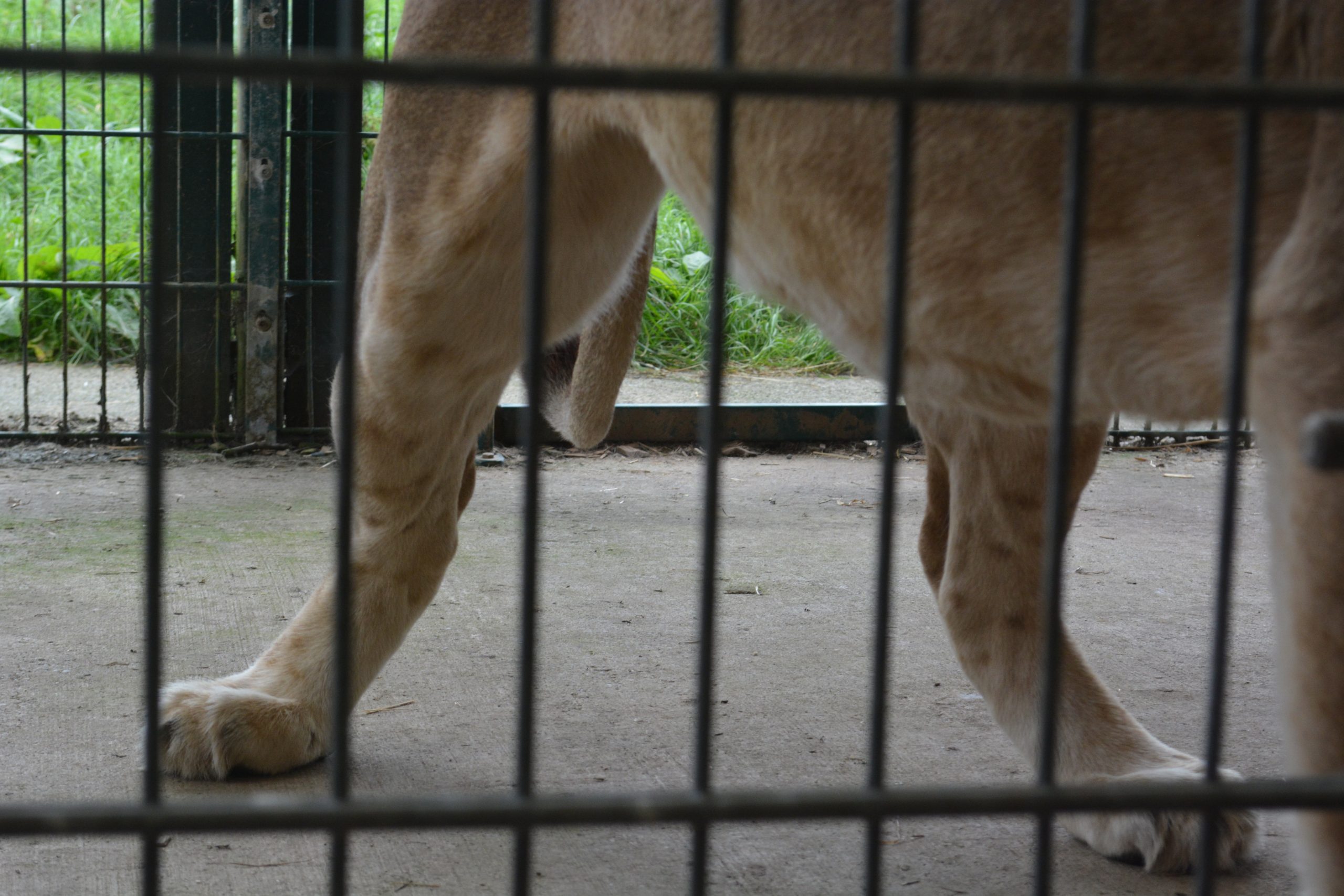
My texturing introduces lines, forms and texture, which isn’t present in a photo-realistic representation, but which I have found benefits a sculpture in different contexts, and from certain viewpoints. There ‘s further artistic licence in certain choices – I chose not to continue the Villa Lions mane all the way from his neck to between his rear legs, for example, to preserve a muscled outline which would have been a visible in a younger Hugo.
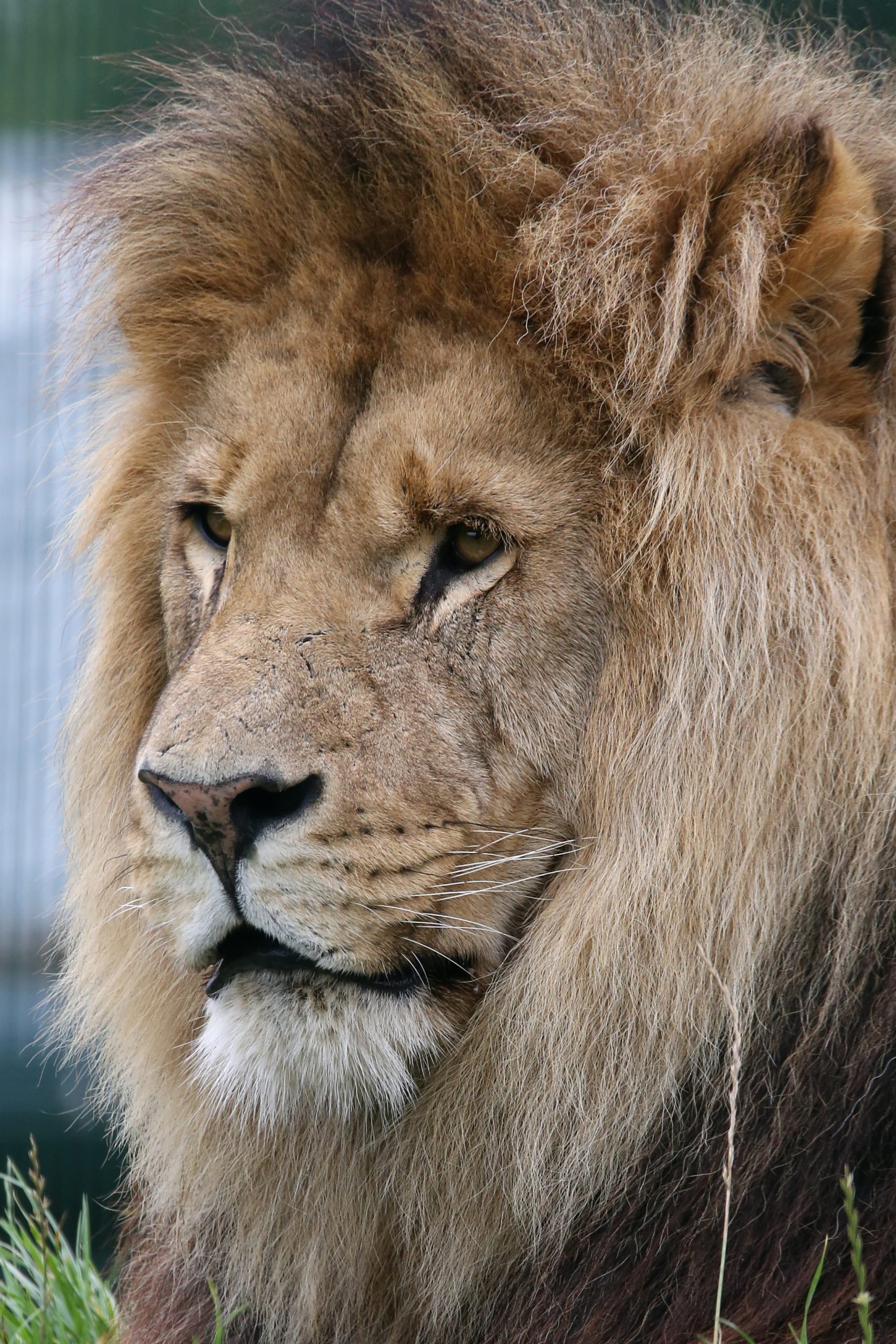

Follow The Artist
Keep up to date with Tanya's latest work!